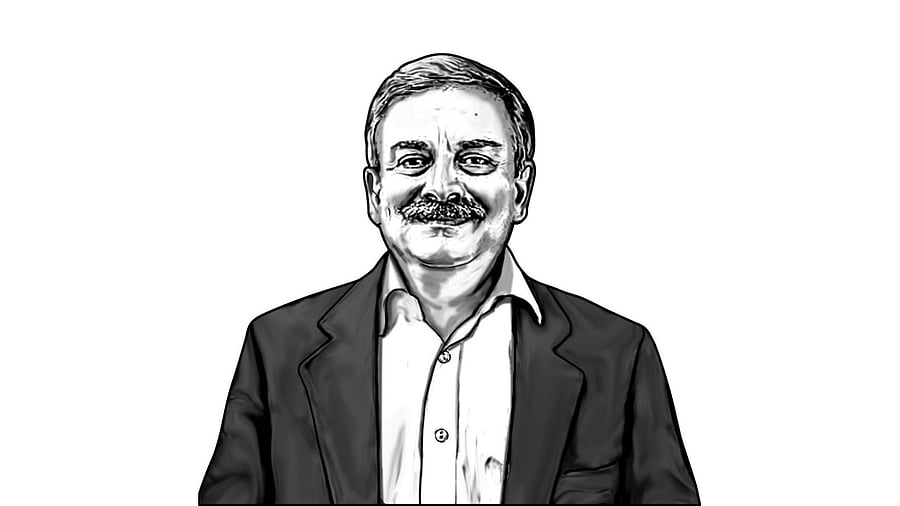
Leonardo Da Vinci (1452-1519) was the polymath of the High Renaissance, and his intellectual and artistic life unique in the unity of his creative intellect, and the diversity of its variousness. To understand the beauty in his marvellous works of nature and man, one must strive to come to terms with the remarkable trajectory of the development of his thought: the principles of his mechanics, the reason why his anatomical figures took the form they did, his theory of vision and its implications, the personal flavour that he brought to a broadly Aristotelian range of physical sciences, and ultimately to see how his art profoundly reciprocates his scientific vision but is not identical to it. Yet, his true greatness remains unfathomable and will remain elusive for two reasons: close to four-fifths of his writing is lost; and it is doubtful if anyone can achieve the required level of understanding across the entire range of Leonardo’s work.
Leonardo was born near Vinci, the Tuscan hill town in Italy, where he spent most of his childhood; and moved to Florence in 1567 to apprentice with the artist Andrea del Verrocchio, in whose renowned workshop he received multi-faceted training: painting, sculpture, and the technical-mechanical arts. When he was about 30, Leonardo wrote to the ruler of Milan seeking a job, presenting his considerable engineering skills, including his ability to design bridges, waterways, and public buildings. Only towards the end of the letter did he add that he was also an artist: “Likewise in painting, I can do everything possible,” he wrote.
Indeed, he could. He went on to create two of the greatest paintings in art history, The Last Supper, and The Mona Lisa. In his own perception, he was as much a man of science as he was an artist. His ability to combine science and art was exemplified in his iconic drawing of a perfectly proportioned man spread-eagle inside a circle and square, the Vitruvian Man, which made him the most inventive mind in history.
His scientific curiosity inspired his art. He peeled the flesh off the faces of cadavers, delineated the muscles that move the lips, and then painted the world’s most memorable smile in The Mona Lisa. He studied the human anatomy, made layered drawings of the human bone structure, and created the skeletal agony of Saint Jerome in the Wilderness. He explored the mathematics of optics and produced magical illusions of the changing visual perspectives of The Last Supper. Leonardo mastered shade and light in his drawings and paintings to model objects on a two-dimensional surface to appear three-dimensional to the viewer.
Dimensionality as the supreme innovation of Renaissance art was the contribution of Leonardo. As he grew older, Leonardo pursued his scientific inquiries to fathom the infinite beauty of creation. When he pondered why the sky was blue, it was not merely to paint, it was a curiosity that was pure, personal, and profoundly philosophic -- to know everything there was to know about the world, and our place in it.
Doubtless, Leonardo was a genius; but he was much more. His genius was a human one, wrought by his will, ambition, and hard work. Unlike Newton or Einstein, who possessed minds with processing power that few might fathom, Leonardo had almost no schooling and could barely read Latin or do long division. His genius was of the kind we can understand and learn lessons from. He represents skills -- curiosity and critical observation -- that each of us can aspire to improve in ourselves. Being wildly imaginative, passionately curious, and creative across multiple disciplines, Leonardo’s traits were of the kind we must indulge in our children.
More than his art masterpieces, Leonardo’s mind is best revealed in his notebooks – 7,200 pages of his notes -- that miraculously have survived to this day. The manuscripts are a map of Leonardo’s mind -- the great lesson from which is: everything is to be questioned, investigated, brought back to first principles. The notebooks log his great quest of interestedness, tending cumulatively towards a grand idea of universal knowledge. He was the empiricist par excellence, often doodling the word dimmi - ‘tell me.’ It is the sound of Leonardo inquiring -- tell me what, tell me how, tell me why -- seeking another bit of data. Leonardo was, to paraphrase Kenneth Clark, “the most relentlessly curious man in history.”
Leonardo remains an inspiration to all who believe that “the infinite works of nature are woven together in a unity filled with marvellous patterns.” Kenneth Clark’s Leonardo Da Vinci: An Account of his Development as an Artist, presents in delicate balance the aesthetic sensibilities, scientific temper, and innovativeness that make Leonardo of such universal interest, whose eclectic legacy helps bridge the chasm between art and science.
(Gurucharan Gollerkeri, the former civil servant enjoys traversing the myriad spaces of ideas, thinkers, and books.)